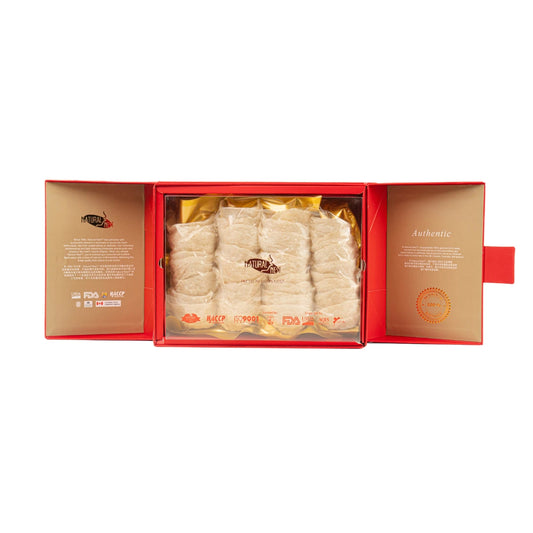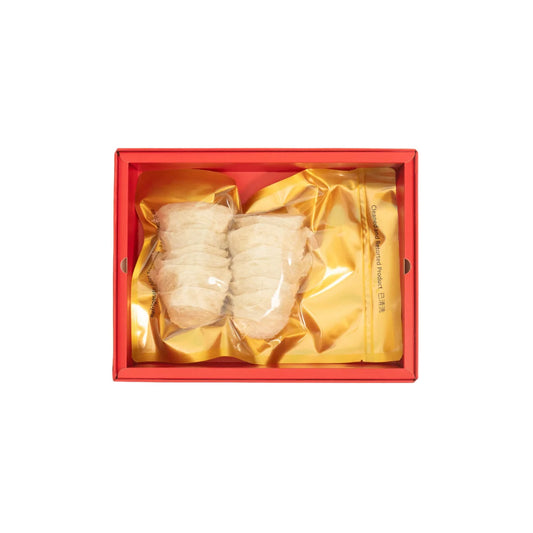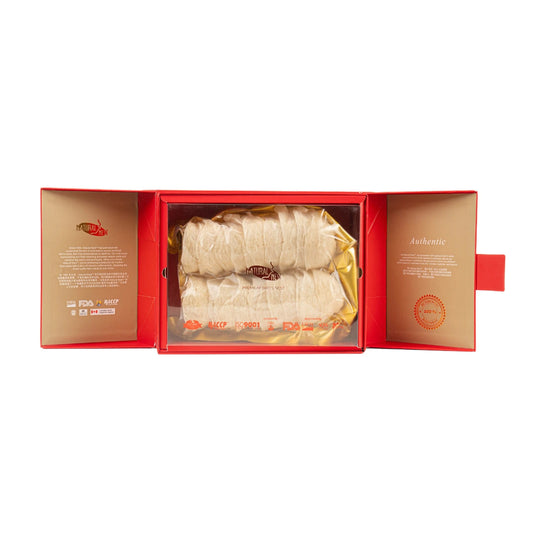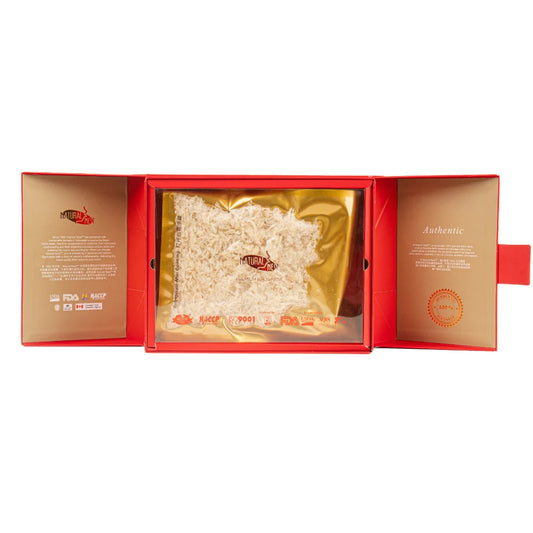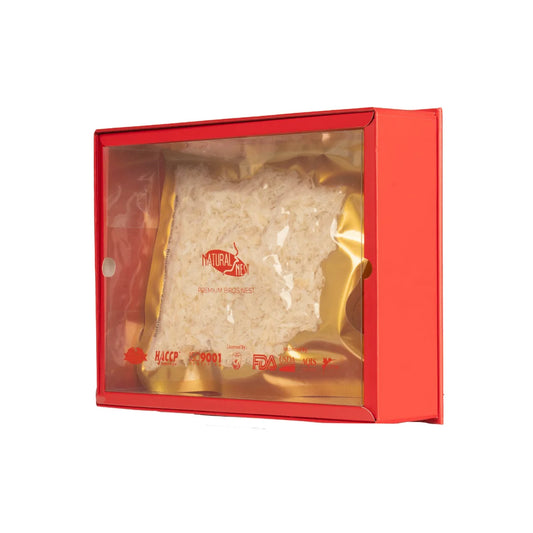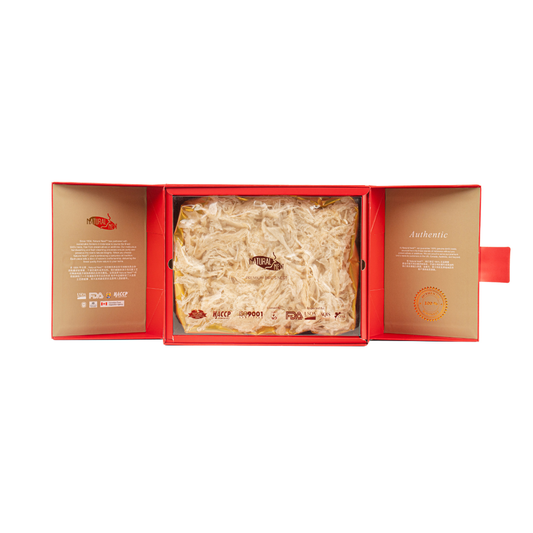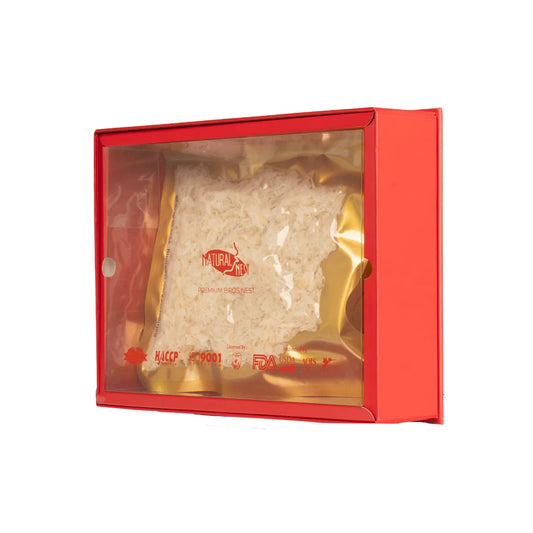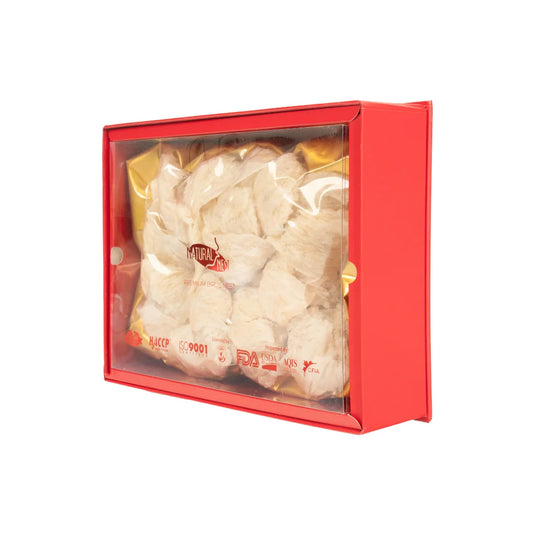When shopping for edible bird’s nests, one of the most common questions is: What’s the difference between red and white bird’s nest? Both are highly prized for their health benefits, but they differ in appearance, nutritional profile, and pricing. At NaturalNest.com, we offer both varieties with complete transparency, so you know exactly what you’re consuming.
1. Color and Origin
-
White Bird’s Nest: The most common variety, typically harvested from cave or house swiftlets. Its white or ivory appearance comes directly from the bird’s saliva, without contamination or additives.
-
Red Bird’s Nest (also called Blood Nest): Found mostly in caves, this nest has a deep red or orange hue. Contrary to myths, the color isn’t due to blood — it results from a reaction between bird saliva and cave minerals over time.
2. Nutritional Value
Both types are rich in sialic acid, amino acids, and collagen-boosting glycoproteins. However, red bird’s nest is believed to contain slightly higher mineral content due to prolonged exposure to cave elements.
3. Taste and Texture
There’s little difference in taste, but red bird’s nest tends to have a slightly firmer texture after cooking. Both are mild, making them ideal for sweet or savory recipes.
4. Price Difference
Red nests are rarer and take longer to form, which explains their premium price tag. White bird’s nest is more affordable and still delivers exceptional health benefits.
5. Which One Should You Choose?
If you're new to bird’s nest, white bird’s nest is a great place to start. For seasoned users seeking maximum nutritional value and luxury, red bird’s nest is worth the upgrade.
At NaturalNest.com, we provide only authentic nests with no artificial coloring — just nature’s best.

